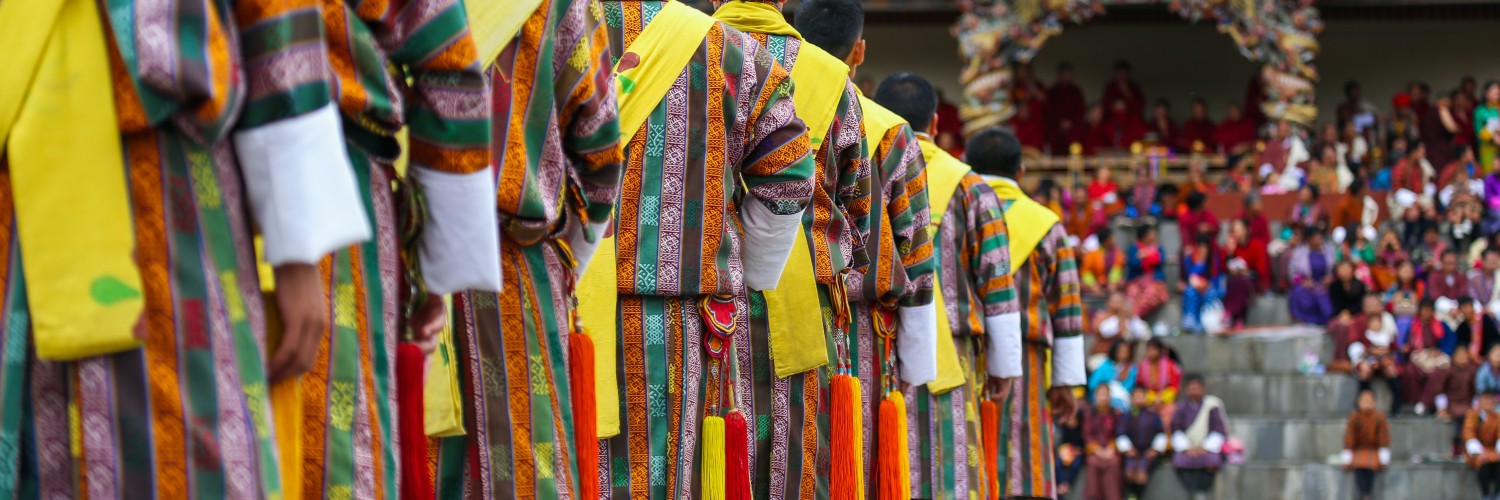
Communication about individual risk is important, but prevention and control messaging is more likely to be achieved when we engage the voices of those who live in the communities, particularly communities that bear the heaviest burden of the pandemic.

The process of such engagement also includes identifying community resilience and ways to build on values that are important to the community. By community engagement, we mean creating spaces and opportunities for those who live in the community to have their voices heard in naming the problem and offering solutions to the problems they face (3). Well intentioned as RCCE may be, the strategy ends up focusing more on individual risk and less on community engagement. In efforts to promote uniform messaging for COVID-19, the World Health Organization developed a multilevel risk communication and community engagement (RCCE) response strategy for health care workers, the wider public, and national governments (1,2). As infection and death rates grow, communication about response to the pandemic has increasingly focused on individual behavior choices, which assumes that prevention is largely in an individual’s control. Since that time, messages of prevention have focused primarily on preventing individual risks, particularly for those with preexisting chronic conditions, including hypertension, diabetes, stroke, and asthma. COVID-19, the disease caused by the novel severe acute respiratory syndrome coronavirus 2 (SARS-CoV-2), was declared a global pandemic on March 11, 2020. Our primary aim in this commentary is to offer a community-engaged communication strategy that focuses on coronavirus disease 2019 (COVID-19) messages in cultural context. PEN-3 offers a cultural framework for a community-engaged global communication response to COVID-19. Structural inequity continues to fuel the disproportionate impact of COVID-19 on black and brown communities nationally and globally. In this commentary, we discuss the importance of culture in unpacking messages that may be the same globally (physical/social distancing) yet different across cultures and communities (individualist versus collectivist). Culture is central to an effective community-engaged public health communication to reduce collective risks. AbstractĬurrent communication messages in the COVID-19 pandemic tend to focus more on individual risks than community risks resulting from existing inequities. PEN-3 offers a cultural framework for community-engaged communication and messaging for COVID-19. What are the implications for public health practice?ĬOVID-19 reveals existing structural inequity in black and brown communities nationally and globally. The PEN-3 cultural model was used to frame community engagement for collective actions. RCCE communicates about individual risks but communicates little about community risks.Ĭommunity engagement requires knowledge of culture in framing COVID-19 communication and messaging.

The World Health Organization developed risk communication and community engagement (RCCE) to facilitate global response to COVID-19.


 0 kommentar(er)
0 kommentar(er)
